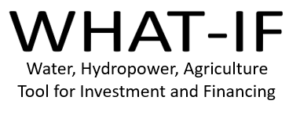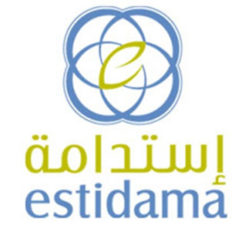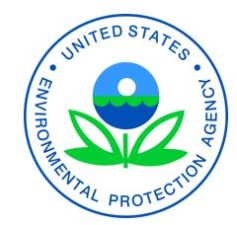
The Cumulative Effects Assessment (CEA) Practitioners’ Guide aims to support practitioners of CEAs in their work and submission processes to regulatory bodies. The tool gives practitioners an overview of current understanding about the CEA practice, suggests practical approaches to complete CEAS based on statutory requirements and best practice and provides case studies. Furthermore, the Guide defines key terms and an exemplary assessment framework and recommends good practices in for data collection and cases of lacking data, among other useful orientations.
Lifecycle Phase(s): Strategic PlanningPublic authorities identify the needs and long-term vision for infrastructure development., Project PlanningGeneral strategy for a project’s delivery is developed.
Type(s) of Tool: GuidelinesOperationalize sustainability principles, less specific than Benchmarks or Rating Systems.







